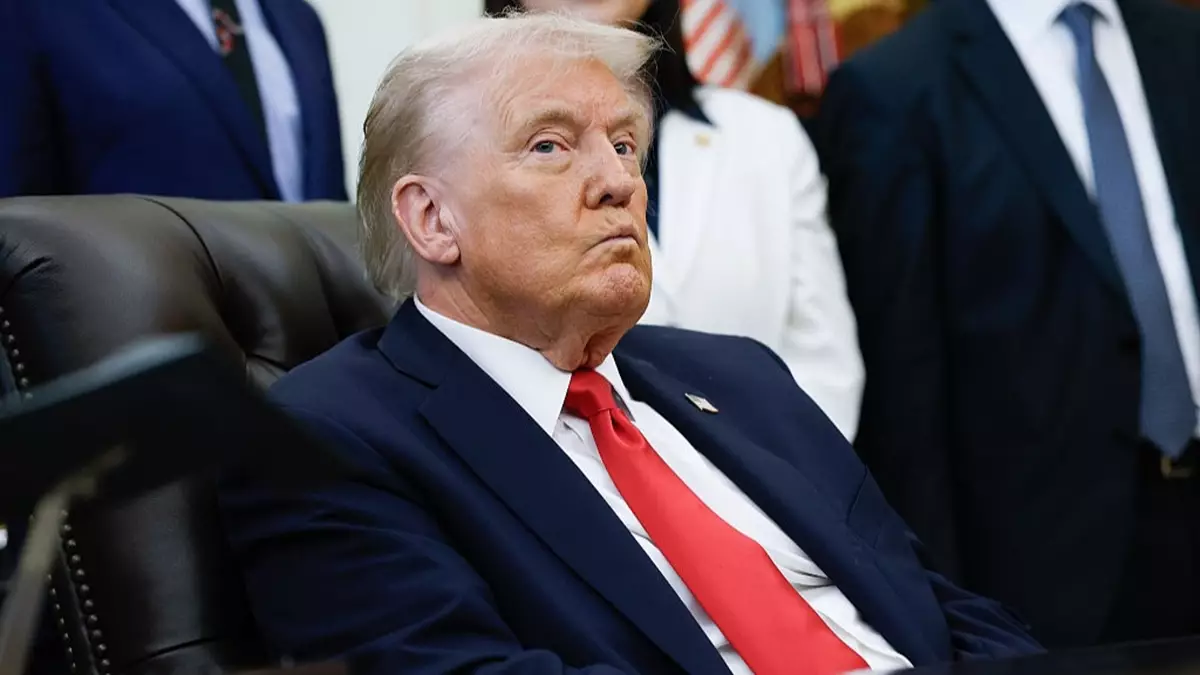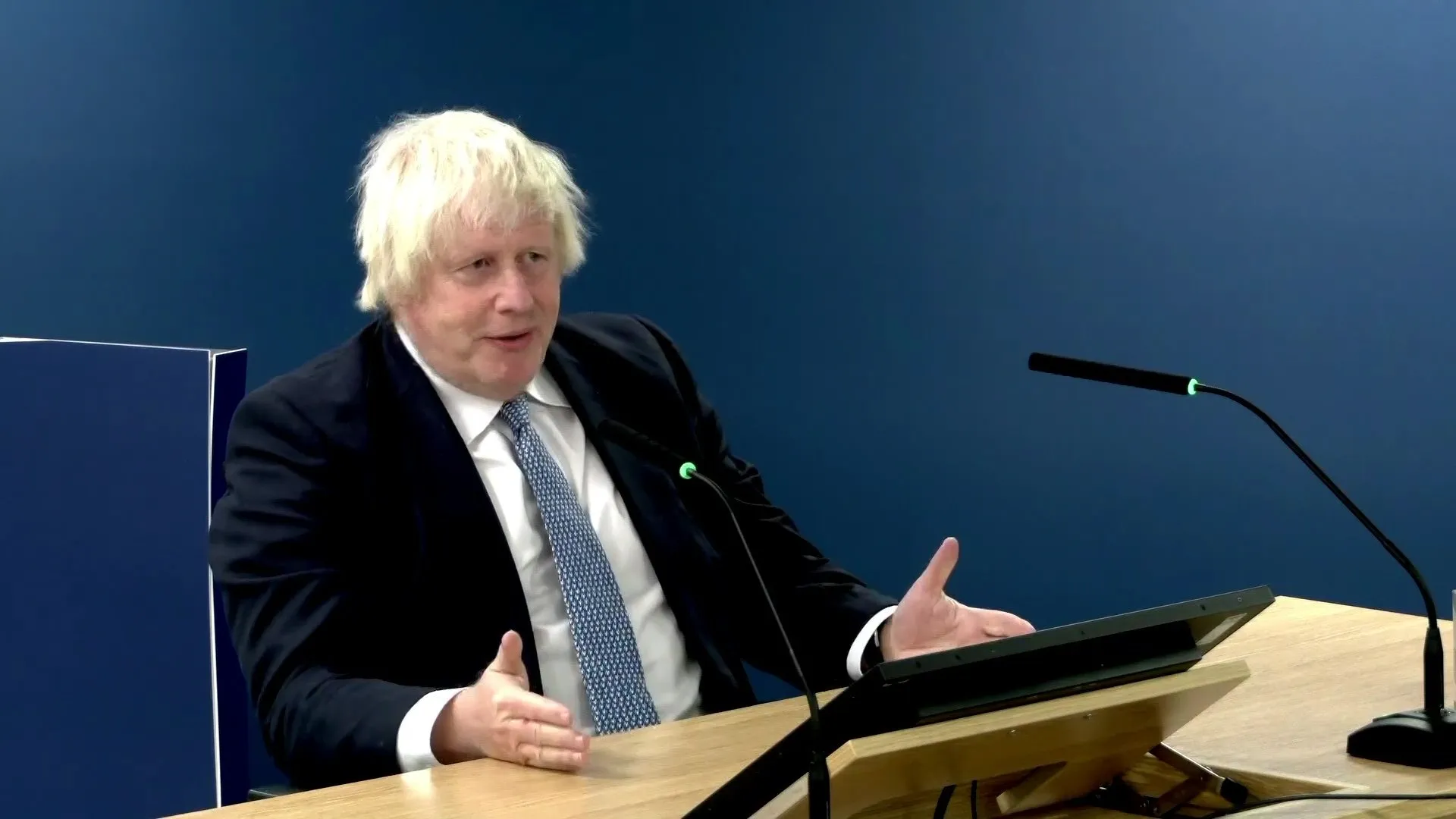Copyright unilad

As Donald Trump's debt relief plan comes into action, a report has suggested that wiping student loan debt could massively boost the US economy. Millions of borrowers are due to have their debt forgiven as President Trump's administration moves to restart loan forgiveness plans that were frozen earlier this year. The move comes after months of legal battles between the White House and the American Federation of Teachers, who sued when the government stopped processing forgiveness applications. Since then, the AFT has been in talks with the Department of Education, and on Friday (October 17), the two parties finally reached an agreement. Eligible borrowers under the Income-Contingent Repayment (ICR) plan or the Pay as You Earn (PAYE) plan could soon see their loans wiped. More than 2.5 million borrowers are said to be in either ICR or PAYE. Those who work in specific public service roles are eligible, including government employees, teachers, and non-profit organization workers. People can check if they qualify for the reinstated loan forgiveness plan via the Federal Student Aid website. It comes as US household debt reached a staggering high of $18.20 trillion in 2025, as per Debt.org. Student loans were the third-highest debt, coming in at $1.63 trillion. Auto loans came in second place at $1.64 million, while mortgages topped the list at $12.8 trillion. A 2021 report by the Roosevelt Institute found that, on average, student loan borrowers aged between 18 and 39 spent more than 20 percent of their monthly income on repayments. Some 65 percent said they had less than $1,000 in their bank accounts and struggled to afford long-term expenses, while being unable to save long-term. The impact of student loan debt relief on the economy The report said that freeing up funds through student debt cancellation 'would allow millions of borrowers to spend into the broader economy'. Short-term spending could be boosted by as much as four percent, amplifying GDP by up to $108 billion over a ten-year period. This new economic activity could then lower the unemployment rate by up to 0.36 percentage points. The move could also see a boom in start-up businesses, with previous data discovering debt burdens resulted in an estimated two million fewer businesses being formed between 2006 and 2015. While this analysis predates the current plan, the same dynamic - freeing up money for spending and investment - would still apply. This might all sound positive, but the reality in 2025 could be quite different - especially as Americans continue to struggle with the cost of living. And under the president’s 'big, beautiful bill', major student loan repayment programs are being overhauled. Both ICR and PAYE will be phased out by July 2028, leaving Income-Based Repayment (IBR) as the main forgiveness option, now with expanded access for borrowers. So while relief is still possible for millions of current borrowers, others face an uncertain future, with the possibility of even longer waits until they become eligible for forgiveness.



